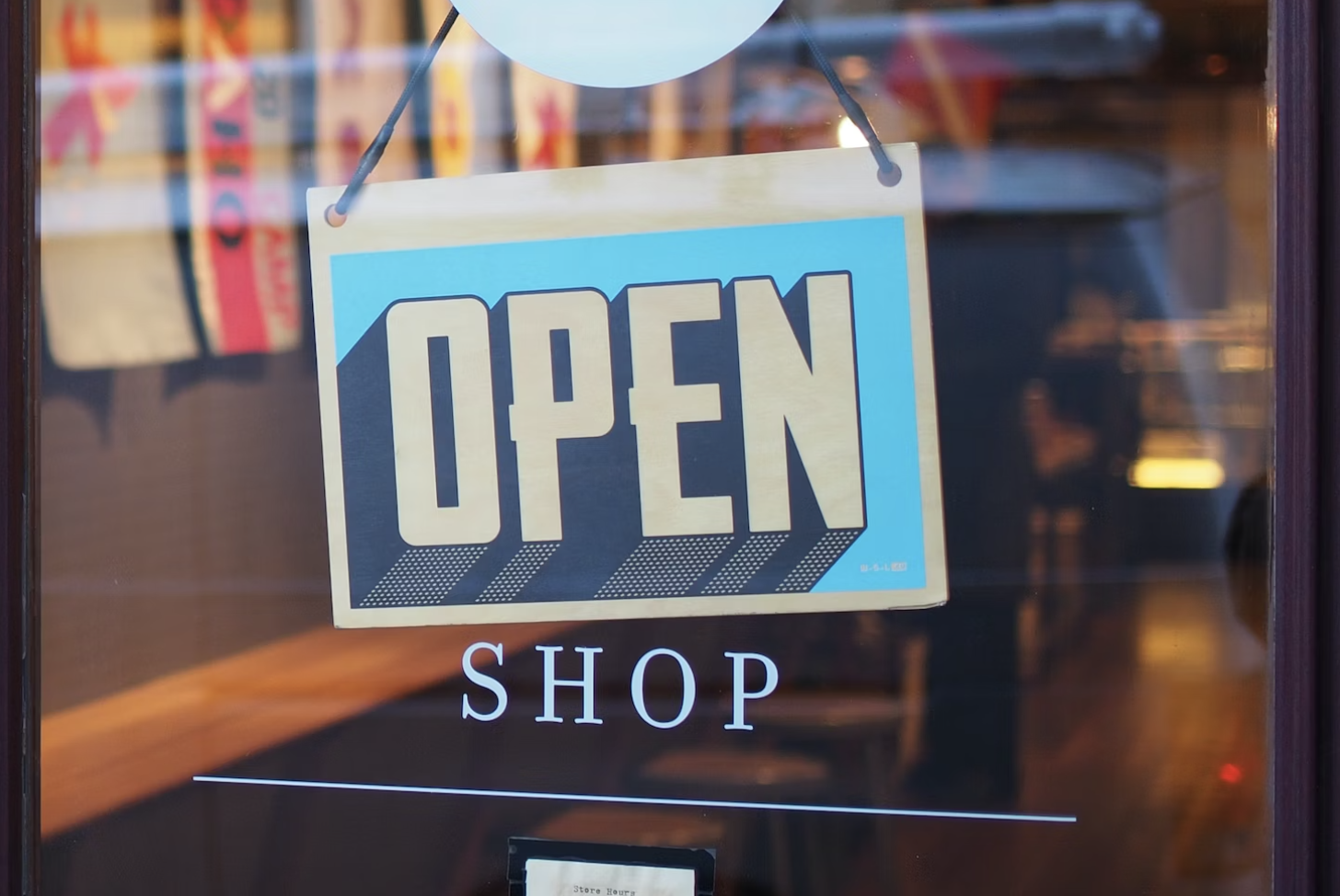Mobile commerce (mcommerce) is rapidly growing in popularity and becoming the preferred way for consumers to shop online using their mobile devices, such as smartphones. While e-commerce has been on the rise in recent years, m-commerce is growing even faster, and COVID-19 has accelerated this trend. In 2020, shoppers spent a total of $861.12 billion online, with U.S retailers, which is a massive increase of 44% from 2019. The pandemic has forced many people to shop online out of necessity, and these behavioral changes are expected to continue. Insider Intelligence expects mcommerce sales to account for 43.4% of total retail ecommerce sales in 2023, up from 41.8% in 2022.
Younger generations, such as Millennials and Gen Z’ers, are driving the growth of m-commerce and hold significant spending power. They are tech-savvy and are making major purchases through in-app purchases and social commerce channels, such as Facebook, Instagram, and Pinterest. Social media is a powerful tool for retailers to reach a wider audience, allowing them to explore new brands, and drive traffic to their websites. Facebook, Twitter and Pinterest have introduced ‘Buy Now’ buttons that allow shoppers to make purchases without leaving the platform. This gives retailers exposure to a wider audience in ways that physical stores or e-commerce alone, does not allow.
Thanks to technological advancements, it’s becoming more user-friendly for consumers to shop on their mobile devices, with features such as one-click checkout, saved payment details, and easy in-app shopping experiences. Mobile wallets and contactless credit cards are also becoming increasingly popular, shortening the path to purchase for shoppers.
Red Pepper’s mobile-friendly platform.
Insider Intelligence predicts that mobile will become the preferred platform for online shopping within the next five years. Brands that want to succeed in this rapidly evolving market need to react and adapt to their shoppers’ changing shopping habits.
Red Pepper Digital has recognized the importance of having a mobile-friendly platform, which is optimized for any device. Our platform recognizes screen size and optimizes the circular appropriately, enabling shoppers to engage with content on any device. Red Pepper’s readership across the network is 19% higher on mobile devices than on desktops, indicating that consumers are increasingly shopping on their mobile devices.
Conclusion
In summary, m-commerce is becoming increasingly popular, and brands need to adapt to shoppers’ changing shopping habits by creating a seamless, responsive, and durable mobile platform to meet their needs. With 76% of global consumers spending more time on their smartphones since the pandemic began, now is the time for brands to put their circulars where their shoppers are: online.





